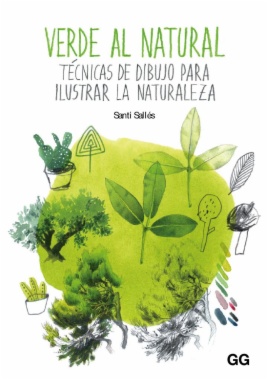
Estás filtrando por
Se encontraron 2216 resultados en recursos

Compartir este contenido
Verde al natural
Copia el enlace o compártelo en redes sociales
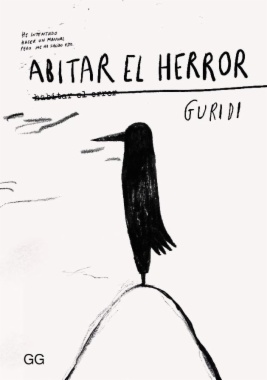
Abitar el herror
Compartir este contenido
Abitar el herror
Copia el enlace o compártelo en redes sociales
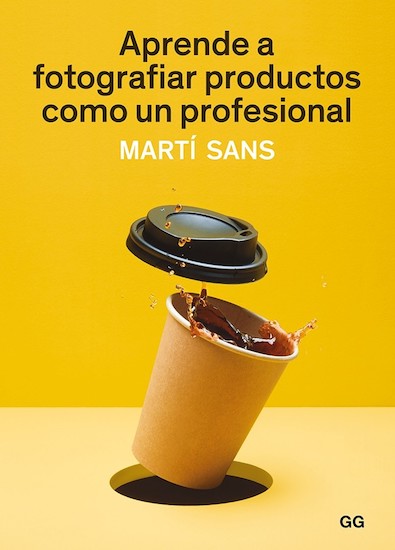
Aprende a fotografiar productos como un profesional
Compartir este contenido
Aprende a fotografiar productos como un profesional
Copia el enlace o compártelo en redes sociales
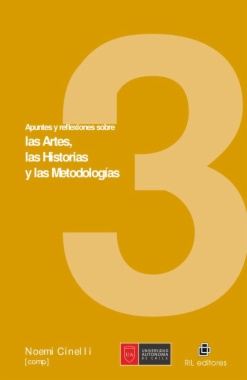
Apuntes y reflexiones sobre las Artes, las Historias y las Metodologías. Volumen 3
Compartir este contenido
Apuntes y reflexiones sobre las Artes, las Historias y las Metodologías. Volumen 3
Copia el enlace o compártelo en redes sociales
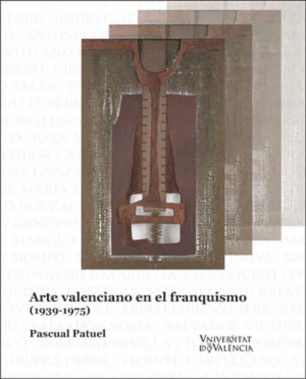
Arte valenciano en el franquismo
Compartir este contenido
Arte valenciano en el franquismo
Copia el enlace o compártelo en redes sociales
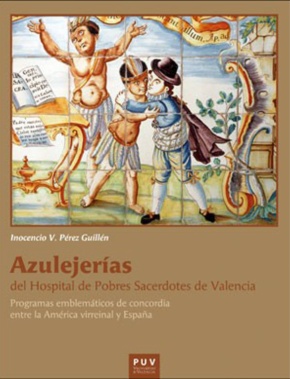
Azulejerías del Hospital de Pobres Sacerdotes de Valencia
Compartir este contenido
Azulejerías del Hospital de Pobres Sacerdotes de Valencia
Copia el enlace o compártelo en redes sociales
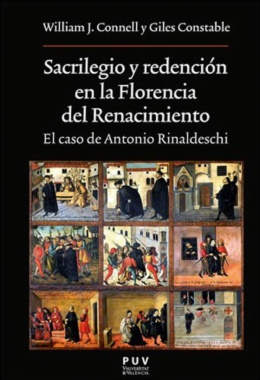
Sacrilegio y redención en la Florencia del Renacimiento
Compartir este contenido
Sacrilegio y redención en la Florencia del Renacimiento
Copia el enlace o compártelo en redes sociales
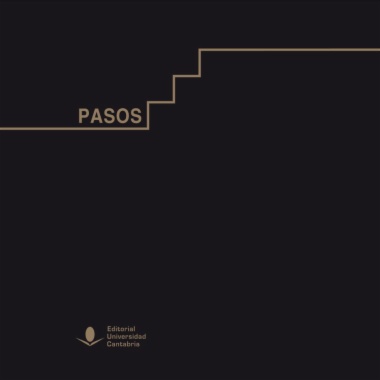
Pasos
Compartir este contenido
Pasos
Copia el enlace o compártelo en redes sociales
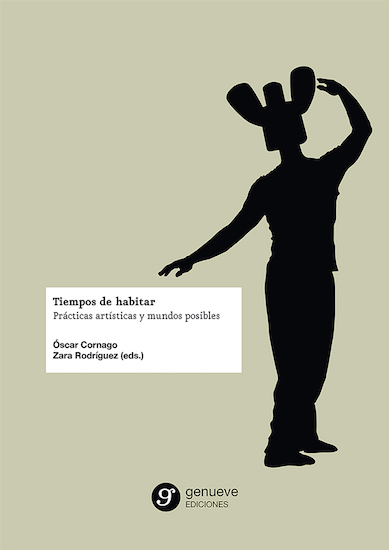
Tiempos de habitar: Prácticas artísticas y mundos posibles
Compartir este contenido
Tiempos de habitar: Prácticas artísticas y mundos posibles
Copia el enlace o compártelo en redes sociales
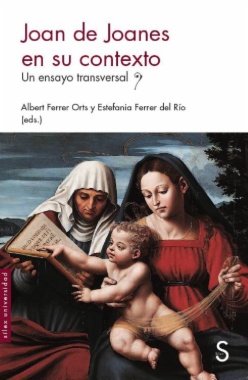
Joan de Joanes en su contexto: Un ensayo transversal
Compartir este contenido
Joan de Joanes en su contexto: Un ensayo transversal
Copia el enlace o compártelo en redes sociales
Selecciona las Colecciones en las que vas a añadir el contenido
Para consultar los contenidos añadidos busca la opción Tus colecciones en el menú principal o en Mi perfil.
